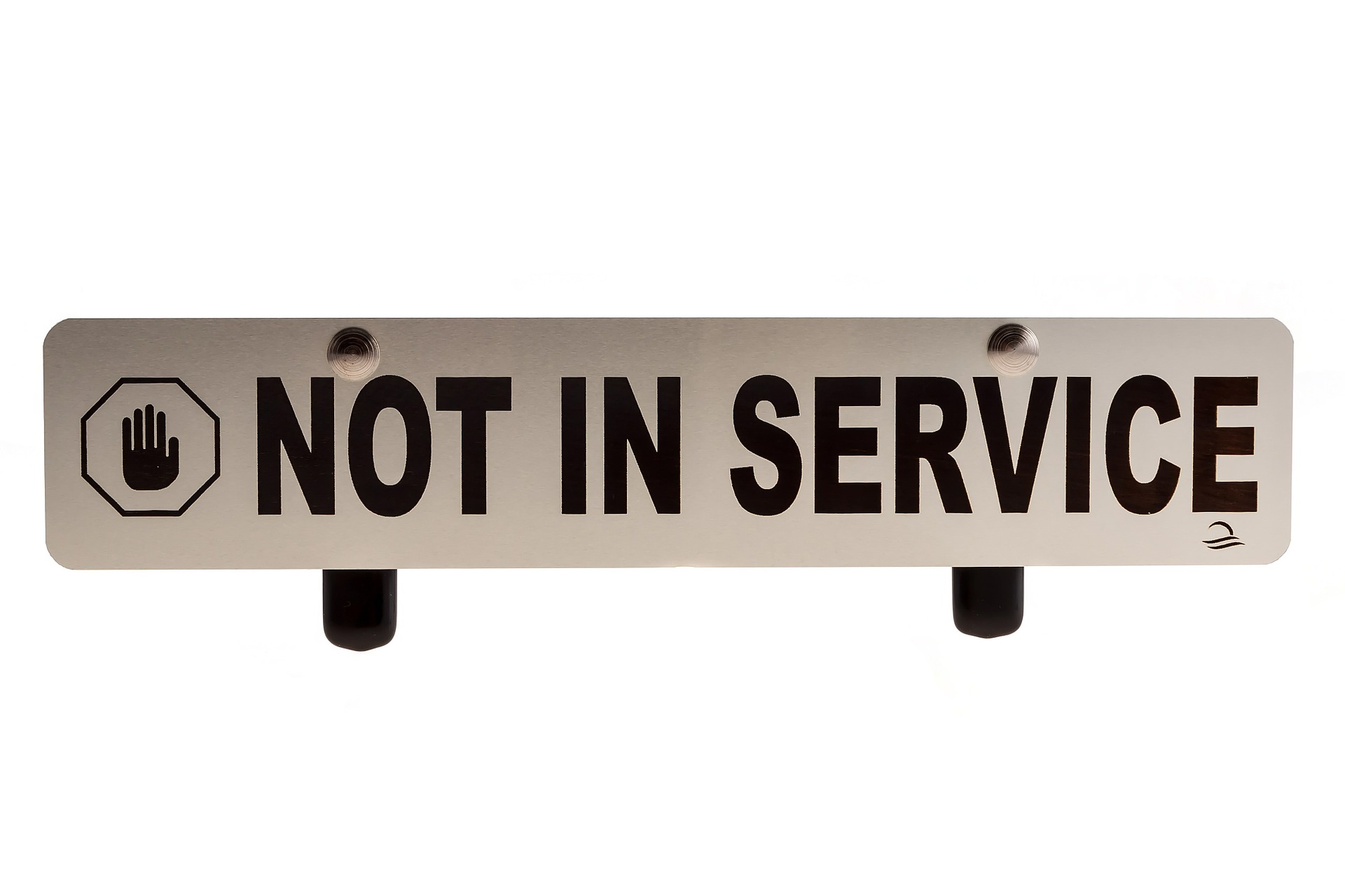Organizations’ deploy maintenance management systems to maximize the efficiency of their resources and work hours. A desktop-based CMMS allows you to: easily create, allocate and trace work orders; instantly generate accurate reports; and immediately determine which equipment (or other assets) requires preventive maintenance (PM) or repairs. However, you’re still restricted to your computer to view them.
Moreover, such conventional systems are server-based, wherein there are burdensome costs associated with the hosting plan and maintaining a web server.
To overcome these hurdles and offer additional benefits; mobile technology has opened up a world of possibilities. Mobile maintenance management software, allows maintenance staff to enjoy the advantages of a robust computerized maintenance management system (CMMS) anywhere via CMMS apps on their mobile devices.
There are obvious benefits of deploying a mobile CMMS system. These include reduced infrastructure expenditure, reduced infrastructure complexity, and better overall performance and results through mobile CMMS led enhanced management processes.
Besides the obvious benefits, the following are the top 6 advantages of mobile CMMS software.
1. Improvement in productivity
Technicians are paid by the hour. Any delays in figuring out what, where, or when repairs are needed, equates to monetary losses for the organization. Since Mobile CMMS can be accessed from the technician’s phone, they’ll always know (in a timely manner) what is required to be completed.
Further, mobile CMMS apps have a push notifications feature, thus employees can activate the feature to be reminded of tasks that need to be done.
2. More efficient processes (Real-Time access and analytics)
Previously, using conventional desktop-based CMMS, time was wasted as technicians had to run to the desktop computer all day to access and update work orders. By using mobile maintenance software, technicians are much more efficient on the job.
Technicians no longer have to head back to their computer workstations, since mobile software has the power to relay important work order details that technicians can access in real-time without interrupting their work.
This way they are also able to access, update, and close out their work orders on the spot using the app. As a boon to managers, with access to real-time analytics, they will be in an improved position to assess workload and allocate tasks.
3. Collaboration and convenience
The app’s ‘chat’ feature (group-oriented work sessions). It’s rather difficult to be talking on your phone while simultaneously trying to access information from it. In fact, besides being highly inconvenient, there’s also the chance of incurring errors on your job.
Fortunately, a mobile CMMS delivers chat capabilities (best when using a tablet) within an app, without having to ever exit the app. This way you’re focus is centered around the maintenance task at all times.
Besides chatting, the collaboration process via file sharing, video conferences, and on-screen guidance all facilitate group-oriented work sessions.
Scheduling reactive work orders. Besides addressing preventive and predictive maintenance tasks, mobile maintenance software can also be used by technicians on the spot to schedule their own work orders that are more reactive in nature.
When a technician suddenly discovers that a piece of equipment needs repair, he or she can conveniently schedule a respective work order at that very moment.
Upload and transmit images. Using mobile maintenance software, technicians have the additional capability to attach and share pictures of the faulty part to the reactive equipment maintenance work order they are scheduling.
4. Elimination of paperwork
With the advent of app-based mobile CMMS systems, printing work orders and schedules have become redundant tasks. Companies are minimizing their carbon footprint.
They are going completely paperless, by training and enabling technicians to generate and access such centralized reports (within a CMMS database) through an app, with just a few taps on their mobile device.
5. Extending life of assets/enhancing asset performance
When a company deploys a reliable and responsive maintenance system, they are sure to extend the life of their assets, whilst getting enhanced performance out of them. Since poor maintenance is the primary reason for equipment failure, a mobile CMMS is guaranteed to ensure all maintenance needs are met on a continuous basis.
Nothing makes more sense than to routinely do equipment inspections and to discover potential problems and fix them before any apparent or fatal failures.
6. Preventing downtime
When equipment breaks down there are delays and downtime. Downtime translates into customer dissatisfaction through not meeting their needs on time. From a business perspective, this means a loss in revenue and reputation. Hence, besides simplifying things, using a mobile CMMS Is also an important part of maintaining the utmost reliability.
By using mobile maintenance software, you’ll immediately know when something happens, and you can respond to issues immediately. Quicker and more efficient servicing saves time and money.
The bottom line
In a nutshell, the key advantage of deploying a mobile CMMS system for your organization is to up the bottom line of your enterprise.
A mobile CMMS app allows technicians to access all their tasks from their own mobile device with ease. In effect, they complete them in the most efficient order, thus, saving time and improving ROI.
